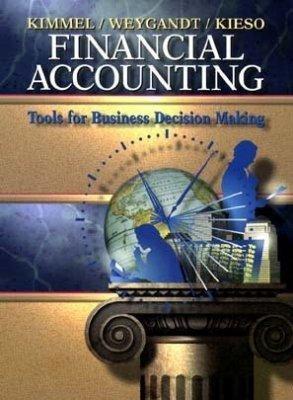Answered step by step
Verified Expert Solution
Question
1 Approved Answer
5.6-5.7 5.5 In the 1980s, Tennessee conducted an experiment in which kindergarten students were randomly assigned to regular and small classes and given standardized tests

5.6-5.7
5.5 In the 1980s, Tennessee conducted an experiment in which kindergarten students were randomly assigned to "regular" and "small" classes and given standardized tests at the end of the year. (Regular classes contained approxi- mately 24 students, and small classes contained approximately 15 students.) Suppose, in the population, the standardized tests have a mean score points and a standard deviation of 75 points. Let SmallClass denote / variable equal to 1 if the student is assigned to a small class and eq otherwise. A regression of TestScore on SmallClass yields TestScore = 918.0 + 13.9 X SmallClass, R2 = 0.01, SER = 74.6. (1.6) (2.5) a. Do small classes improve test scores? By how much? Is the effect large? Explain. b. Is the estimated effect of class size on test scores statistically significant? Carry out a test at the 5% level. c. Construct a 99% confidence interval for the effect of Small Class on TestScore. d. Does least squares assumption 1 plausibly hold for this regression? Explain. 5.6 Refer to the regression described in Exercise 5.5. a. Do you think that the regression errors are plausibly homoskedastic? Explain. b. SEC) was computed using Equation (5.3). Suppose the regression errors were homoskedastic. Would this affect the validity of the confi- dence interval constructed in Exercise 5.5(c)? ExplainStep by Step Solution
There are 3 Steps involved in it
Step: 1

Get Instant Access to Expert-Tailored Solutions
See step-by-step solutions with expert insights and AI powered tools for academic success
Step: 2

Step: 3

Ace Your Homework with AI
Get the answers you need in no time with our AI-driven, step-by-step assistance
Get Started


